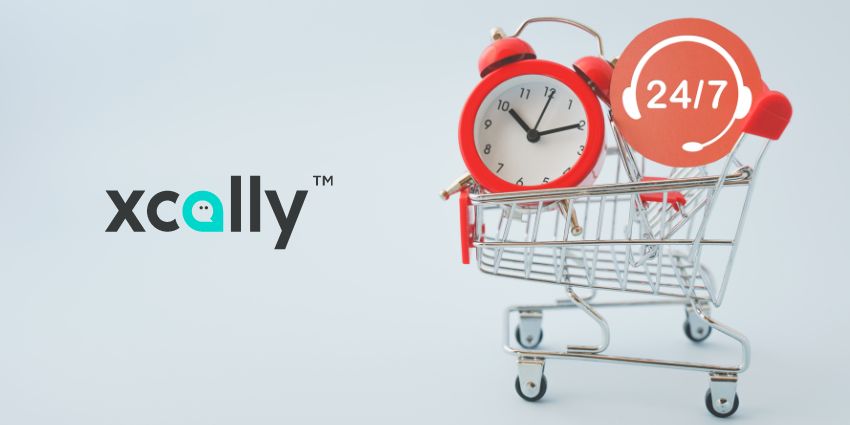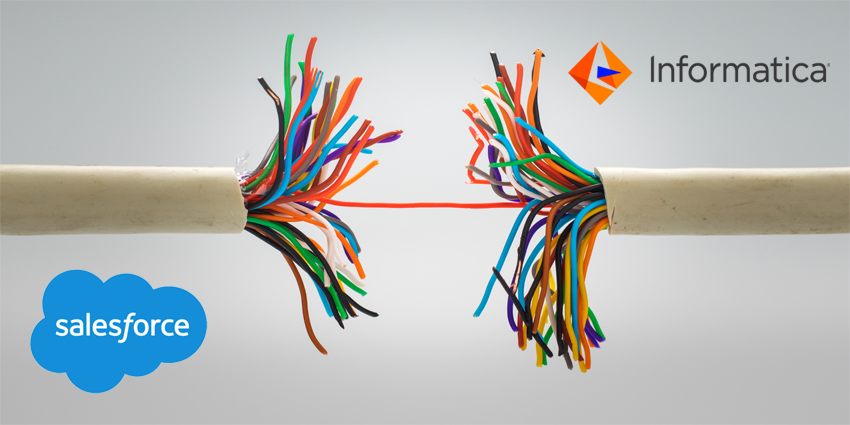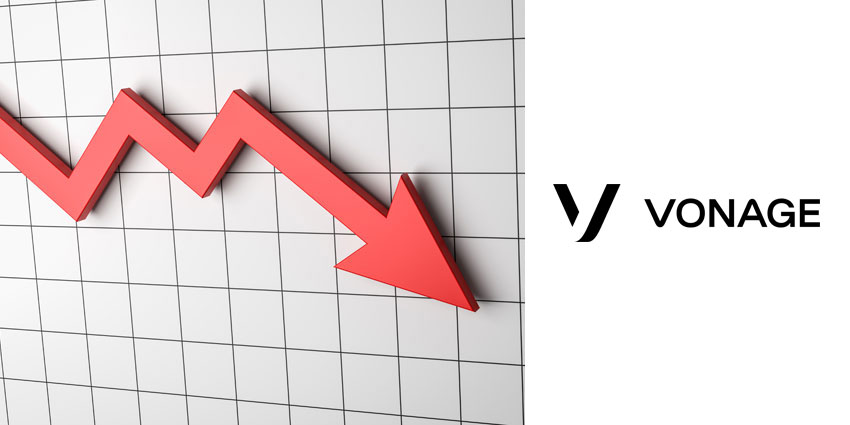Running any efficient operation means tracking data, measuring results, and finding ways to optimize performance. The contact center is no different.
Indeed, contact center leaders have always monitored KPIs to help them enhance the service experience, improve revenue, and reduce operating costs.
However, these metrics have somewhat evolved over time.
Discover how, after delving into the fundamentals of contact center KPIs.
What Is a Key Performance Indicator or KPI?
A key performance indicator (KPI) is an essential metric or measurement that gives a leader a snapshot of their operation’s performance.
Here are a handful of classic contact center KPIs.
- Customer Satisfaction (CSAT): CSAT provides insights into how positively customers feel about an interaction or brand. While contact centers conventionally track the KPI through surveys, many are starting to use conversational analytics systems to track customer sentiment and measure satisfaction through new, non-intrusive means.
- Service Level (SLA): When staffing the contact center, planners set a target to answer a specific percentage of contacts over a particular period. This is an SLA target, which differs from one channel to another. For instance, a contact center may aim to answer 80 percent of calls in 20 seconds on the inbound voice channel. Then, it will track its progress against this target to measure the accuracy of its staffing calculations and ensure customers are not waiting too long.
- Average Handling Time (AHT): AHT helps operations understand how long each conversation will likely take so that they can plan staffing requirements accordingly. Meanwhile, supervisors often look for outliers in handling time, as if a particular contact type takes a long time to combat, indicating a need for coaching. By addressing this, supervisors can increase customer and agent satisfaction while cutting costs.
- First Contact Resolution (FCR): Does the contact center agent solve the problem without the customer having to reach back out to the contact center or a transfer? If so, they have achieved FCR. The KPI quantifies the percentage of times this happens across all customer contacts. It is tricky to measure, but by preventing a second contact, the business lowers customer effort and enhances operational efficiency.
- Agent Attrition and Absenteeism: These metrics offer insight into the employee experience. After all, today’s business leaders know that unhappy agents generally lead to dissatisfied customers. The more absenteeism and turnover a business has, the more likely agents are unhappy. Tracking this over time and spotting the causes for spikes and lulls is an excellent way to reinforce an agent engagement strategy.
These are just a few examples of contact center KPIs. Indeed, there are many more examples, as evident in the article: 40 Contact Center KPIs to Start Tracking Now.
Such KPIs target various members of the contact center team. For instance, they may apply to agents, supervisors, managers, quality analysts, resource planners, or stakeholders.
The Role of KPIs In the Modern Contact Center
Contact center KPIs help teams monitor their progress against customer, employee, and business objectives – which informs the selection of KPIs in the first instance.
Nevertheless, there are other motivations for monitoring contact center KPIs. These include:
- They Help Make Workforce Management (WFM) Decisions: Staffing a contact center is notoriously challenging, thanks to fluctuating contact volumes. KPIs like forecast accuracy, service level, and schedule efficiency help create the optimum capacity plans.
- They Enhance Agent Performance Over Time: KPIs – such as quality scores, schedule adherence, and AHT – will highlight any performance gaps, which will allow supervisors to initiate training intervention.
- They Aid in Workforce Engagement and Morale: Quality scores and various otherKPIs will highlight which agents are performing well and are most deserving of recognition. Given that attrition is the biggest challenge facing most contact centers, rewarding performance can help keep agents engaged, saving recruitment costs.
- They Guide New Technology Implementations: As customer support increasingly digitizes, agents also need digital tools to keep up with demand across channels. But it is often difficult to obtain buy-in and approval for new technologies. KPIs quantifiably capture problem areas, making it easier to convince leadership.
The Evolution of Contact Center KPIs
Years ago, many viewed the contact center as a “cost center.” While companies needed contact centers to assist customers, many business leaders believed these environments didn’t offer direct value and consumed talent, time, and money.
At this time, primary KPIs companies typically revolved around finding ways to improve efficiency and reduce costs.
Furthermore, many companies utilized AHT as a target, pushing agents to resolve calls quickly. They also tracked the number of calls completed daily to determine how productive agents were and constantly searched for ways to accelerate conversations.
However, such practices have fallen away in recent years, with a greater understanding that the contact center is not a factory. Instead, it offers an opportunity to drive customer satisfaction.
Moreover, customer experience has emerged as the most crucial differentiator for any brand in recent years. Indeed, customer experience is a deciding factor for 73 percent of consumers making purchasing decisions.
Against this backdrop, contact center KPIs are less about reducing costs and pushing agents to spend less time on calls. Instead, most businesses focus more on ensuring every customer gets the best possible service experience.
Discover which KPIs contact centers typically employ to track agent performance in our article: 10 Contact Center Agent KPIs to Monitor Performance







